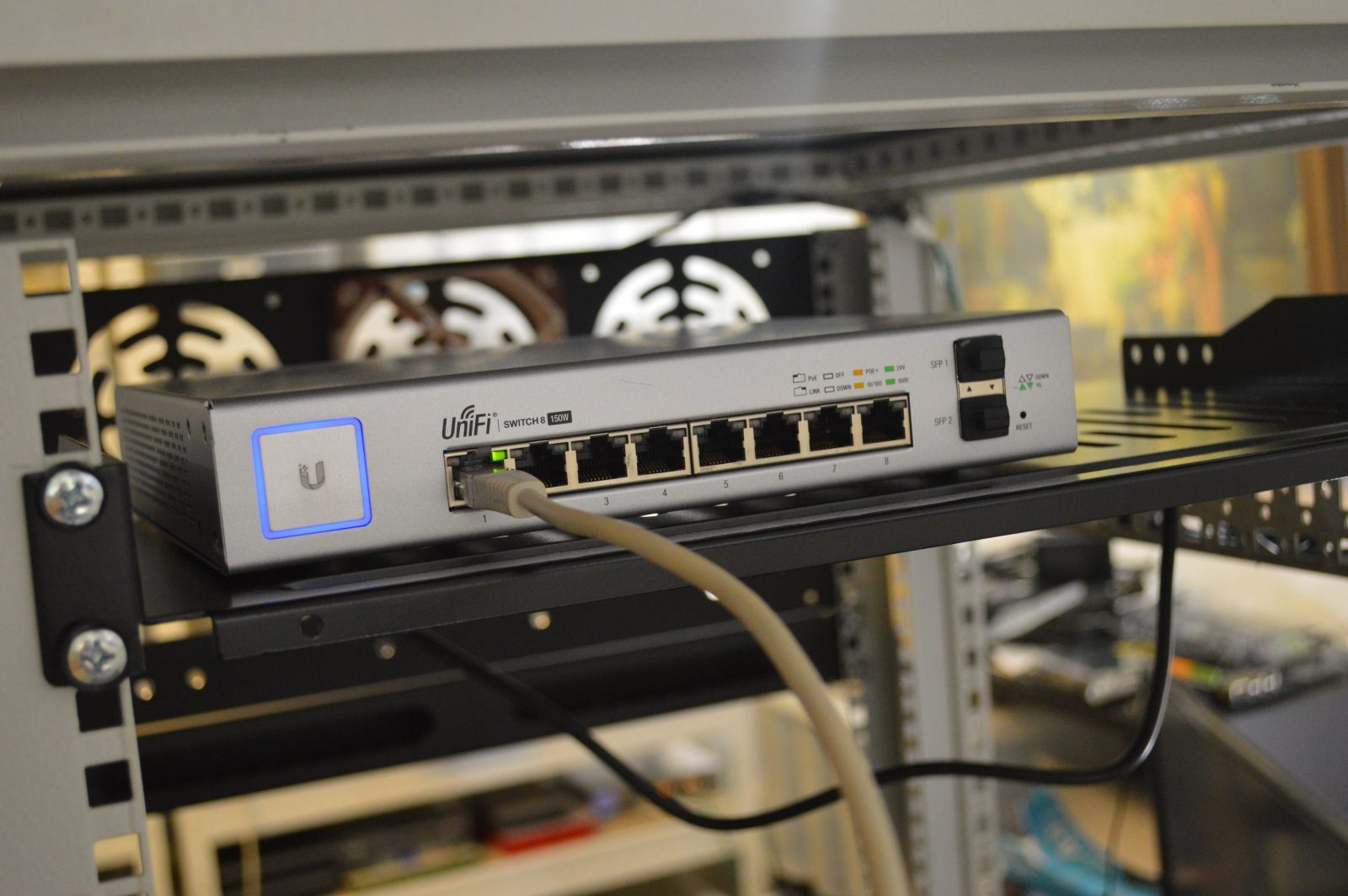
Why Optimized WiFi Networks Care about the Radio Frequency Environment (and Why You Should Too)

If you want to understand your WiFi network, you need to understand the radio frequency (RF) environment. This is the environment in which your network lives, breathes, grows, and, unfortunately, struggles. This is because this environment is home to everything that transmits radio signals. This includes your network of course, but it also includes the networks of neighboring businesses, and even non-WiFi devices that transmit radio signals. As all of these radio waves transmit through the same airspace, it’s inevitable that they are eventually going to interfere with one another. That can spell bad news for your network. For example, if you’ve ever had to deal with issues like dropped connections or lagging throughput, you’re familiar with the world of RF interference.
So, how do you assert control over this environment and protect your network and business continuity? Read on to find out.
Starting out right with a RF site survey
You’ve likely heard of a site survey before, but you might not have heard it referred to as a RF site survey. Whatever name is used, these surveys take a detailed look at an environment (an office, a warehouse, a school, a hospital, etc.), identify challenges in the area that would impact a WiFi network, and then suggest a network design that will work around those challenges to provide optimum performance and coverage for the space.
This is great – until your environment changes. We’re referring to both physical and RF changes here. Anything from an office redesign, to a new building going up next door, to the addition of smart assistants in every conference room changes your environment. A design that once worked perfectly, might now be struggling. The only way to know for sure if an environmental change is behind your WiFi issues is to either schedule another site survey, or work with a WiFi Automation platform for 24/7 insights into network performance and signal coverage.
The benefit of working with an automation platform, like the Wireless Intelligence Platform (WIP), is that proactive and automatic insights are delivered every day. This means that you can address and resolve WiFi problems before they impact end users. WIP monitors the entire RF environment so whether problems stem from the company on the floor below you shifting around all their APs, a software upgrade on your own network, or someone putting the new office microwave right next to one of your APs, WIP will identify the issue and alert IT immediately.
Common causes of RF interference
There are three broad categories here:
- Co-channel interference (CCI): This occurs when multiple devices are transmitting signals on the same WiFi channel. For example, if AP1 and AP2 are both operating on channel 11, and they are close enough that their signal areas overlap, you are going to have co-channel interference because only one device can transmit at a time. As this interference worsens, lag times increase, causing employees to complain that the WiFi is slow. While it can be fairly easy to avoid this issue in remote environments or small offices, it becomes more complicated in dense deployments.
- Adjacent channel interference (ACI): When APs are operating on adjacent channels but are still placed close enough that their signals/transmissions overlap, you get adjacent channel interference. This can result in corrupted transmissions as well as delayed transmissions. ACI is considered a greater threat to network performance than CCI.
- Noise: This is interference caused by all non-WiFi devices that transmit on the 2.4GHz and 5GHz bands. This includes microwaves, cordless phones, Bluetooth devices, security cameras, power lines, and more.
Not included in these lists are physical forms of interference, like building materials. Factor those in though, and it’s easy to feel like your WiFi network is affected by anything and everything around you. Adding in the consideration that WiFi networks are constantly changing as devices disconnect and reconnect, different applications are run, and employees move around a building, and it’s no wonder that networks need constant monitoring if there is ever any hope of achieving assured optimization.
Eliminating RF interference for optimized WiFi
First, we should say that it might not be possible to eliminate all sources of interference, but it is possible to minimize the impact that all interference has on the network. It requires a combination of 100% visibility + proactive analytics.
Complete visibility
As no problem can be resolved without identifying the root cause, and as there are an endless number of possible causes of interference, complete RF visibility is required. Remember, this includes not only detailed analytics on your own network, but also the ability to be alerted if interference comes from an outside source.
For this reason, the Wireless Intelligence Platform (WIP) analyzes data at the point in which it still exists as RF. The WIP sensor listens to everything in the RF environment, 24/7, learning to recognize normal network behavior and identify anything that spells trouble for the network. As a third-party, vendor-agnostic device, it helps businesses avoid any “finger pointing” by identifying the root cause of issues, whether problems lie with infrastructure, devices, or something else in the RF.
The platform also automatically saves historical analytics so that administrators can easily review long-term trends in network health and performance. These analytics provide the best insights for creating future-proofed networks cost-effectively.
Proactive analytics
The second, equally important part of the equation is automatic and proactive alerts. With these, IT teams are notified of issues before end users are affected. This means that problems can be resolved before business continuity suffers, creating more efficient and streamlined business environments for employees and customers.
WIP includes the identified root cause and actionable resolutions with all alerts. The platform is also remote capable, allowing IT to troubleshoot and resolve all issues from any location.
Good-bye mysteries, hello assurance
While mysteries have their place in TV and books, there is no room for mystery when it comes to optimizing WiFi networks. Use a WiFi Automation platform today to get the RF analytics you need to bring reliable, predictable optimization to your WiFi network.


